After you have written a trip itinerary, but before you pack up your gear and take care of last-minute things, you need to think about food. Planning a long outdoor adventure requires a lot of food, which means you need a hiking trip food plan.
My husband Caleb and I were on the road for 30 days, and there were two of us eating a total of six meals a day. That meant that we needed to plan for 180 meals! And that doesn’t include snacks or coffee. The average person eats approximately 2,000 calories a day, and even more so when backpacking and hiking. Planning for that much food takes time and diligence.
You do NOT want to be in the middle of a seven-day backpacking trip and run out of grub. At the same time, you also don’t want to carry more than you need when your pack is heavy enough.
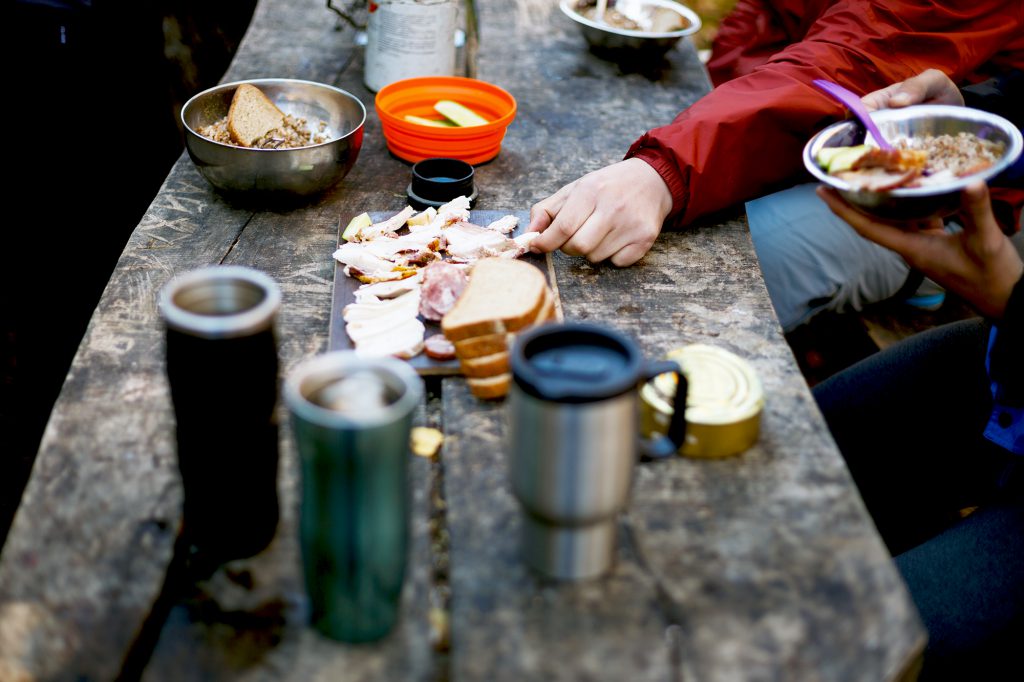
Write It All Out
Don’t try to keep all this in your head. Write it out, just like your itinerary.
Start by figuring out when and where you will have access to fresh food. We planned multiple grocery store trips and ate on the road during our trip. Don’t worry about the particulars at this stage; just plan the stops.
After mapping out your fresh-food stops, write down what you will be eating for the rest of your meals, considering the nutrients and calories required for each day’s activities. Here’s an example:
Day 3 – Easy Hike – 4 Miles
- Breakfast: Oatmeal
- Lunch: Tuna and crackers
- Dinner: Dehydrated meal
Plan meals that will provide the appropriate nourishment without weighing you down. Even though I love fresh apples and steaks, it isn’t prudent to carry food like that up the mountain.
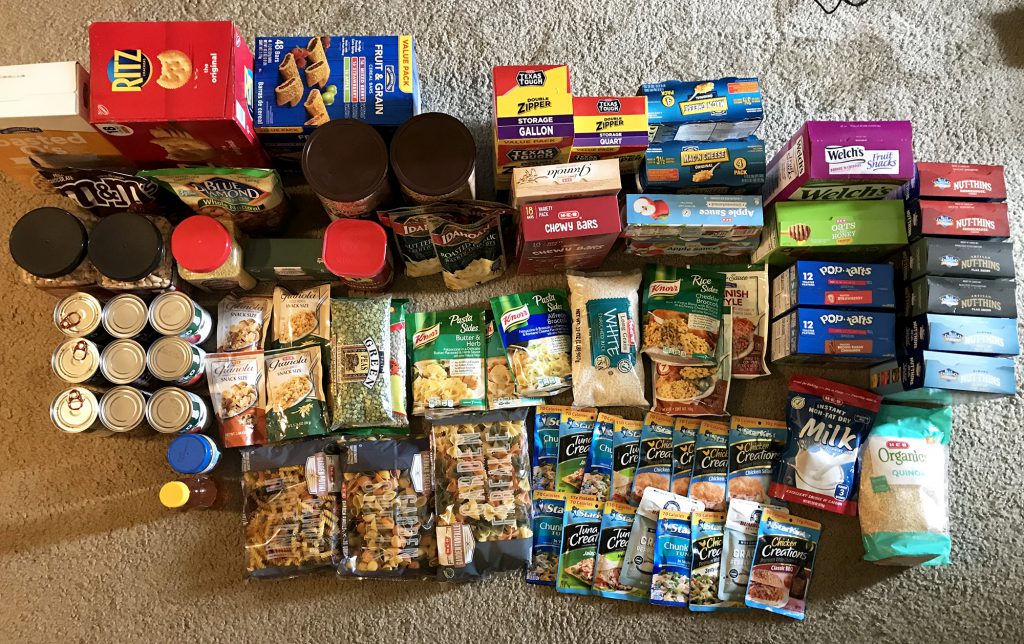
Write down every meal. Even if you’re going to have a continental breakfast at the hotel one morning before hitting the road, write it down. That way, when you go to the store and get ready to prepare your food, you buy the correct amount and know exactly how to divide it up.
It is okay to have a few extra meals on hand for flexibility, but finding yourself without enough food is dangerous, so err on the side of more food if you have a choice.
Food Prep and Storage
As you identify what you plan to eat each day, think about what kind of cooking needs to be done and what fuel sources you will have access to. If you cannot pack the gear you need to make a meal, change the meal to something more feasible.
Be sure to pack an appropriate mess kit, including stoves and required fuel sources. We brought two stoves that used different fuel sources for our backpacking trip: a white-gas stove and a small wood stove. Knowing how to prepare your meals will help when it comes time to prepare your gear.
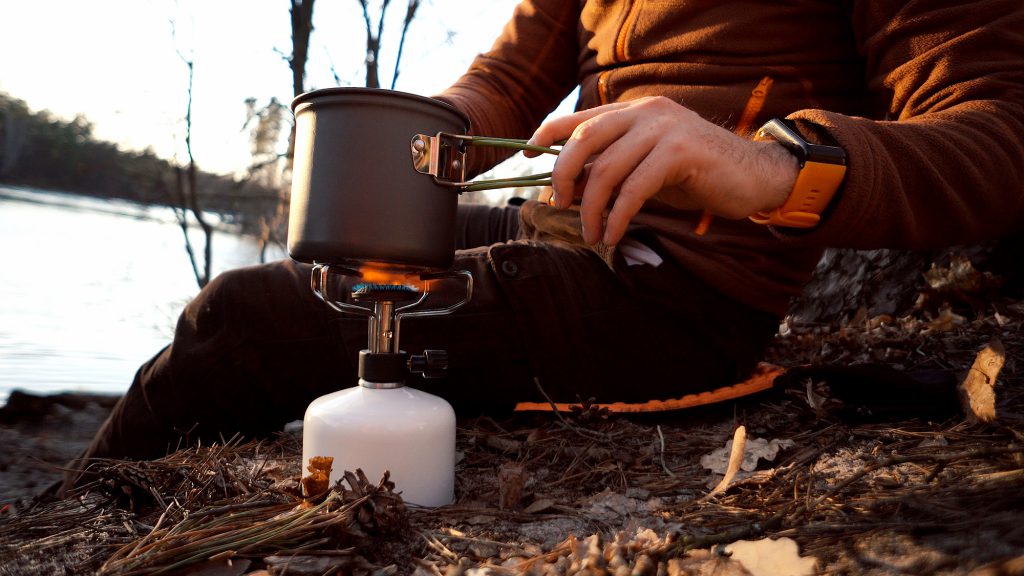
Once you know what you are going to eat and when it’s time to start collecting the necessary supplies. Whether you are buying it or preparing and dehydrating some of it yourself (very fun), get all your food gathered and ready in one place.
To make a trip easier later, divide the food into manageable chunks. We planned four major backpacking trips, so we went down the food itinerary one day at a time and separated it into little piles in a daily order. After we sorted one trip according to the written itinerary, we boxed it, labeled it, and added it to a plastic tote for the car before moving on to the next section of our trip. Doing this helped add variety to our meals and freed us from thinking about what meals we would take in the morning.
This is simply the best and easiest way to make sure you have all the food you need.
Think About Your Food Containers
We also stored snacks in reusable shopping bags, one for him and one for me. When we went up the mountain, we took our individual food in Ziploc and reusable bags.
While we are on the subject of food, you need to consider the safety of your food in your vehicle, at the campsite, and on the trail. Keeping food in a plastic tote reduces the chance of attracting animals. It also keeps the car from smelling like a quinoa burrito bowl for a month.

Using the tote and snack bags also makes it easy to keep the car relatively organized. Outside of the vehicle, always be aware of critters that like to sneak into tents at night, large and small.
Tip: If you leave a bag of Doritos in your tent, even if it is only for one night, a skunk will undoubtedly find a way in to rummage around for that lost bag of chips — or worse. (No shit. This actually happened to me — the skunk, not the bear.) We were not in bear country yet, but we should have been more cautious.
You must always be extremely vigilant about safe food storage if you are in bear country. Hang your pack and food in a bear bag or otherwise store it appropriately. Do it for your safety and the bears’ safety as well. Bruins that linger around campsites are often euthanized. Plan for securing your food and other smelly belongings in advance.
Read Next:
More Adventure 101
Planning a Big Badass Outdoor Trip | How to Pack for a Big Outdoor Trip
The Importance of Mental and Physical Fitness Prep
More from Free Range American contributor Amanda Posten

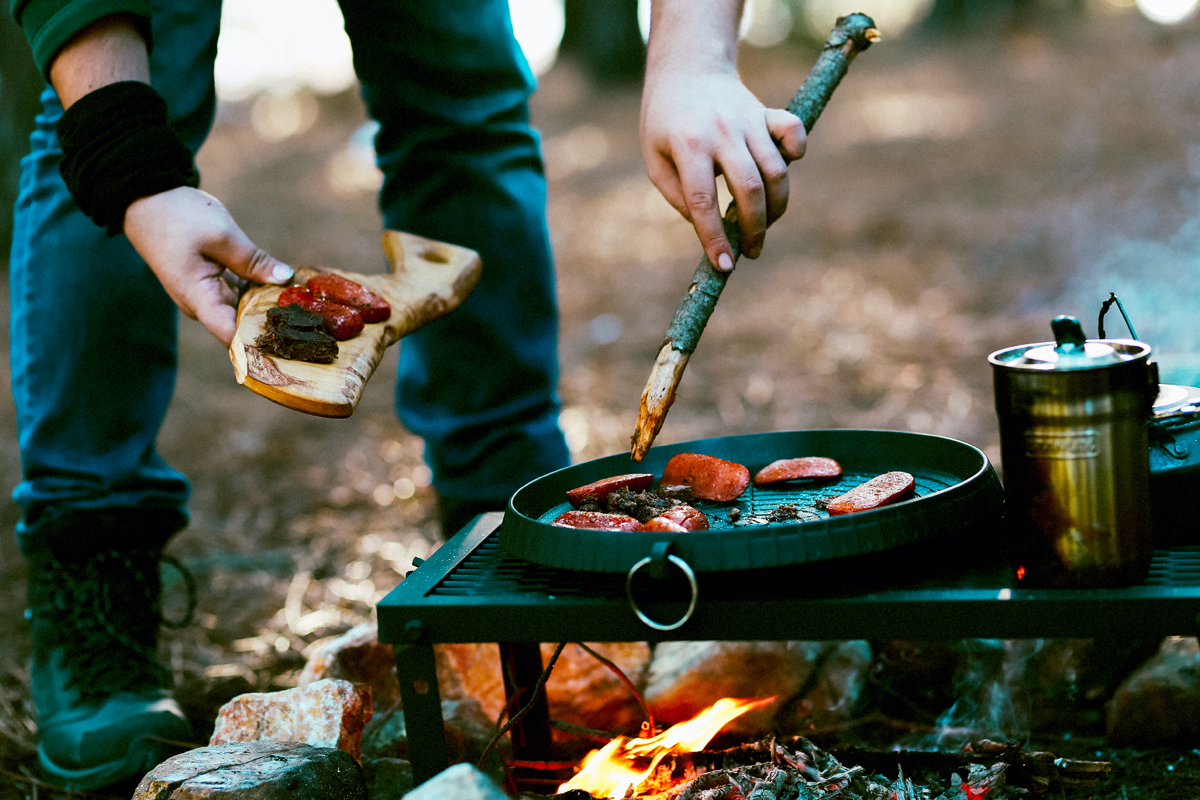
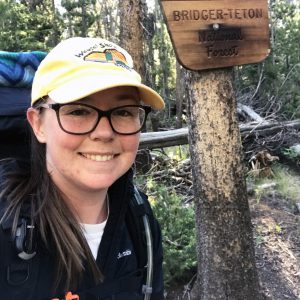





Comments